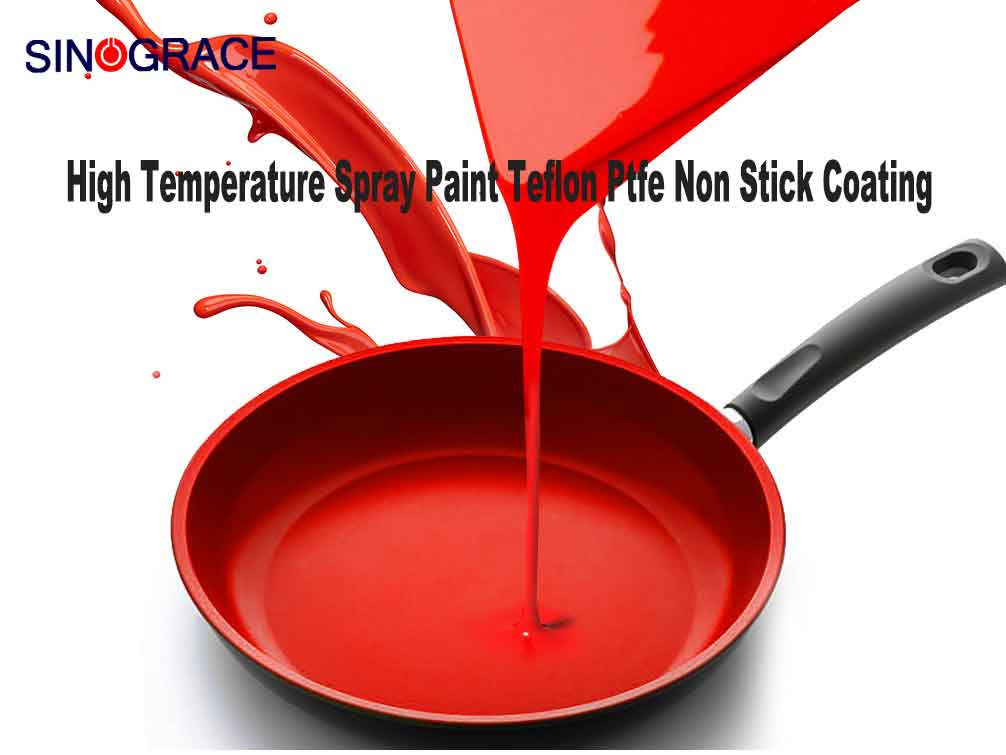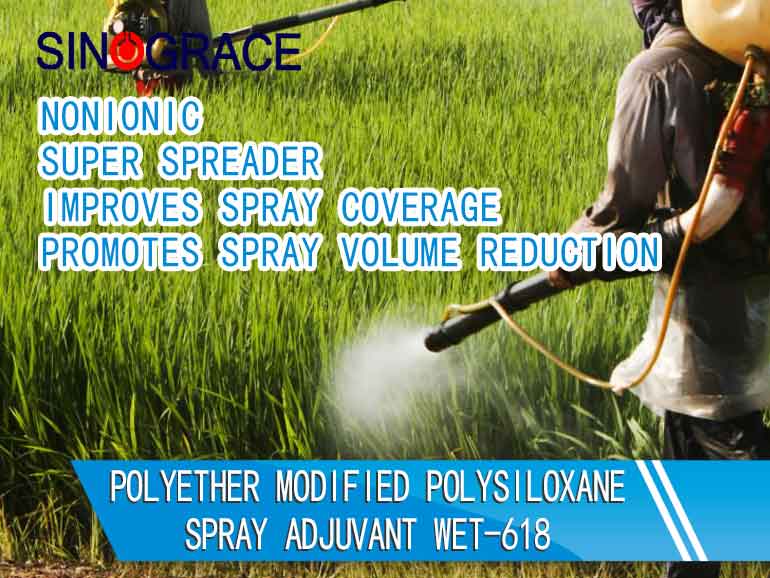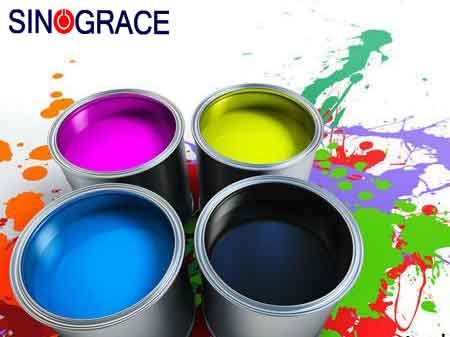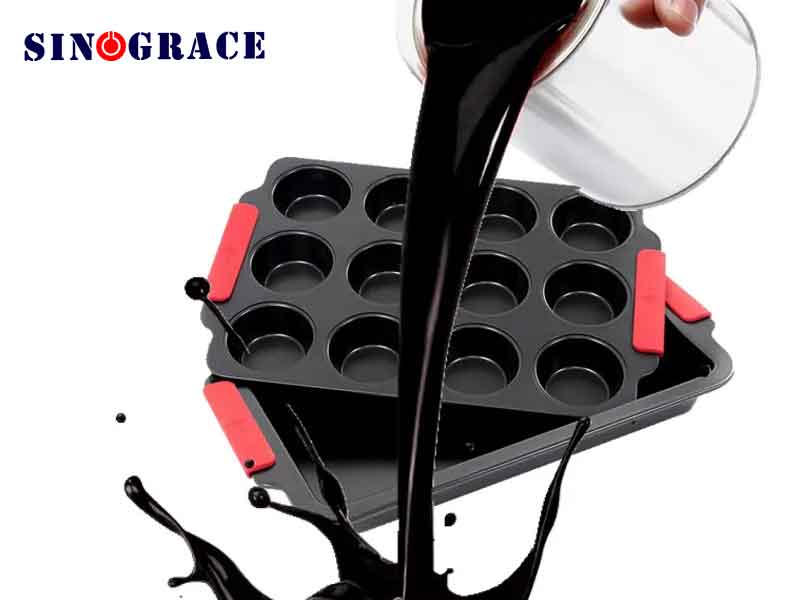Teflon coating properties and construction technology
Main properties of Teflon coating Teflon high-performance special coating is a fluorine coating based on polytetrafluoroethylene matrix resin, the English name is Teflon, because of the pronunciation, it is usually called Teflon, Teflon, Teflon, Teflon, etc. (all are translations of Teflon). Teflon coatings are a unique, high-performance coating that combines heat resistance, chemical inertia, excellent insulation stability and low friction, with a combination of advantages that no other coating can compete with, and its flexibility of application allows it to be used on almost all shapes and sizes of products. Teflon is divided into PTFE, FEP, PFA, ETFE several basic types. Application scope of Teflon coating: all kinds of cooking utensils, textile guide roller, textile drying cylinder, feed hopper, heat exchanger, industrial washing machine drum, all kinds of chemical reaction equipment (reaction kettle, stirrer, pump valve, etc.), offshore oilfield equipment, bridge bolts, auto parts, etc. Teflon coating characteristics 1.Non-adhesive: Teflon spray coating almost does not bond with any substance, only need to spray a thin layer of coating on the surface of the appliance can show a good non-adhesive performance. Therefore, Teflon is sprayed on baking utensils, baking pans and molds for food processing. When coated with Teflon, these appliances facilitate demoulding, resulting in a more consistent pastry shape. At the same time, the service life of these Teflon coated appliances is extended. 2.Thermal stability: Teflon film has excellent heat and low temperature resistance. It can withstand high temperature to 300 ° C for a short time, generally can be used continuously between 180 ° C and 200 ° C, and has significant thermal stability, it can work at freezing temperatures without embrittlement, and does not melt at high temperatures. Therefore, the Teflon spraying process can be added to the flue and porous plate in the electronics industry, the rice cooker, microwave oven and oven in the home appliance industry, and the mechanical container and cooling equipment in the chemical industry. 3.Sliding: Teflon film has a low coefficient of friction. When the load slides, the friction coefficient changes, but the value is only between 0.05 and 0.15. 4.Moisture resistance: the surface of Teflon coating is not wet and oily, and it is not easy to stick to solution during production operation. If there is a small amount of dirt, it can be removed by simply wiping. Short downtime saves time and improves work efficiency. 5.Wear resistance: under high load, has excellent wear resistance. Under a certain load, it has the dual advantages of wear resistance and non-adhesion. 6.Corrosion resistance: Teflon spray coating has a strong inertia, in addition to individual media, can resist a variety of acids, alkali, salt and organic matter (solvent), Teflon is almost free from any chemical attack, can protect parts from any kind of chemical corrosion. Therefore, i...
read more

 English
English français
français русский
русский español
español العربية
العربية








